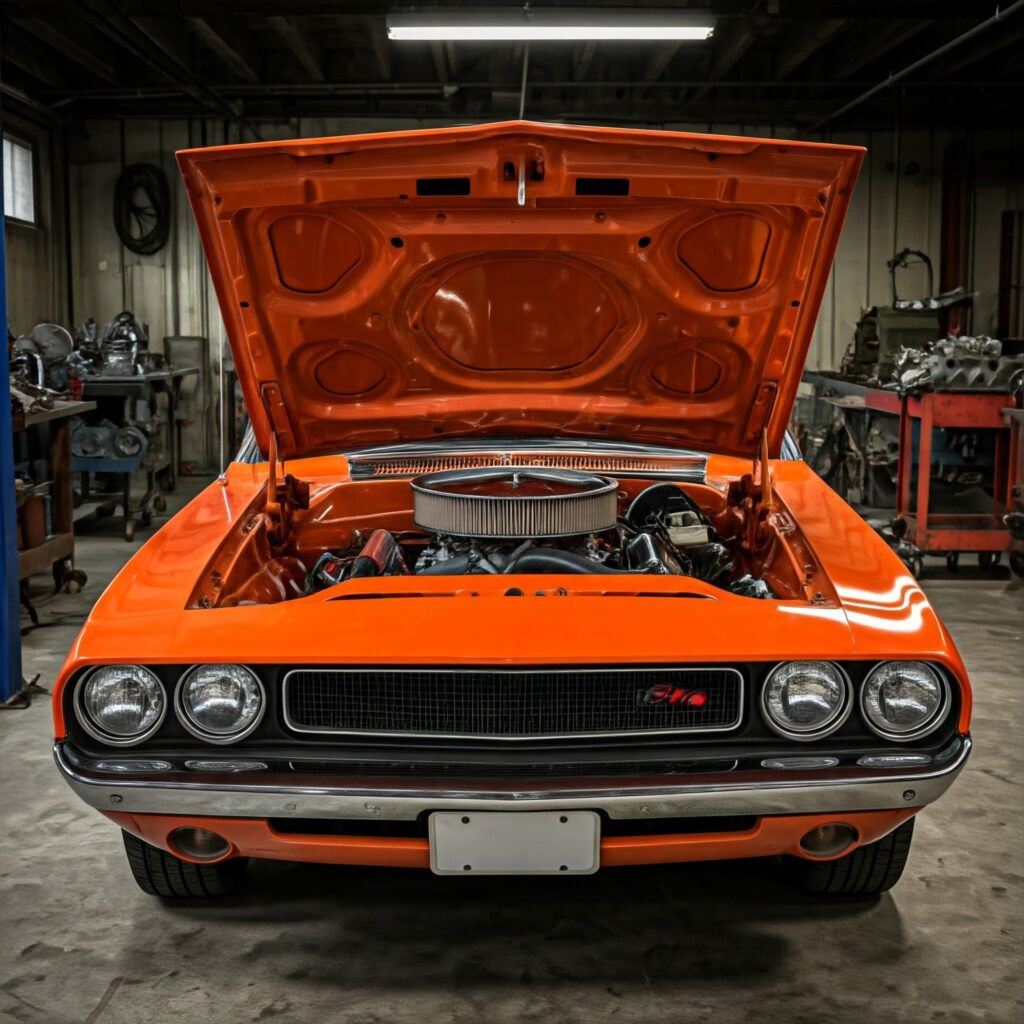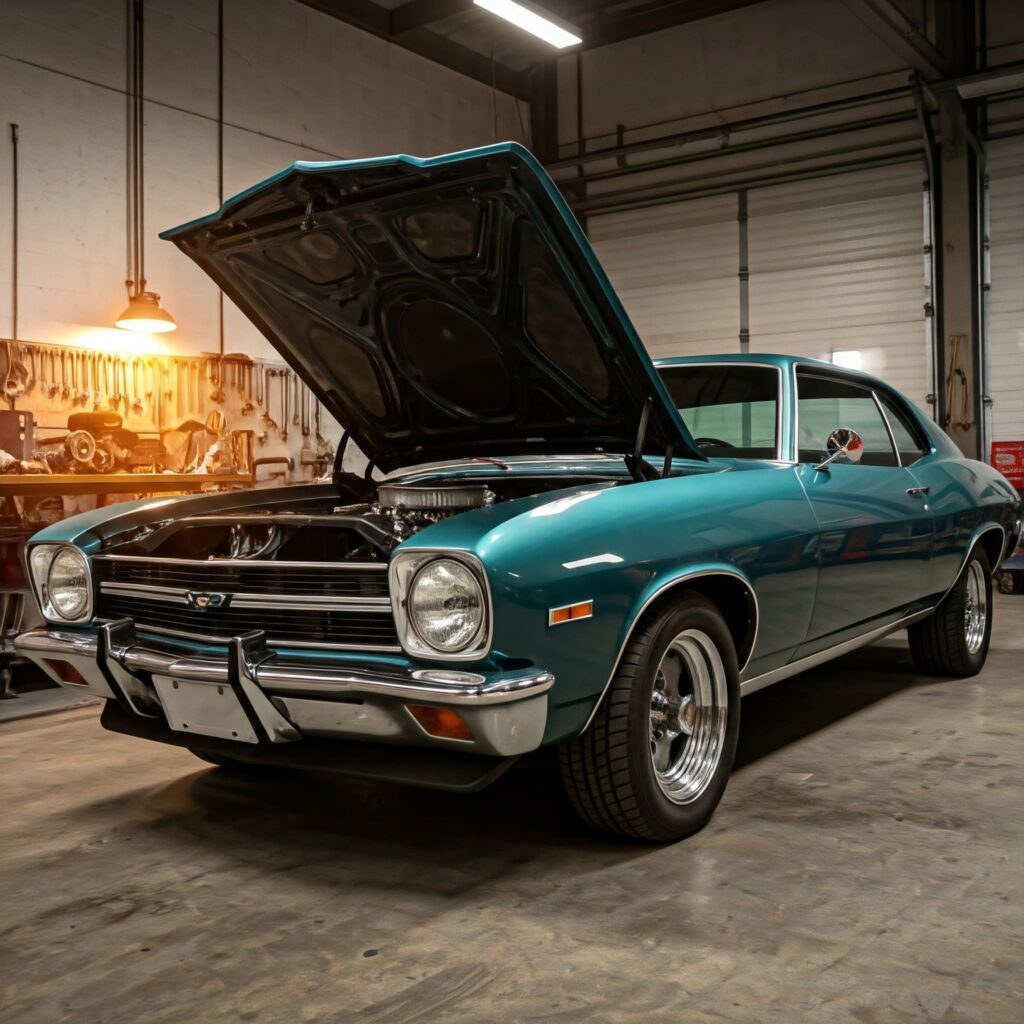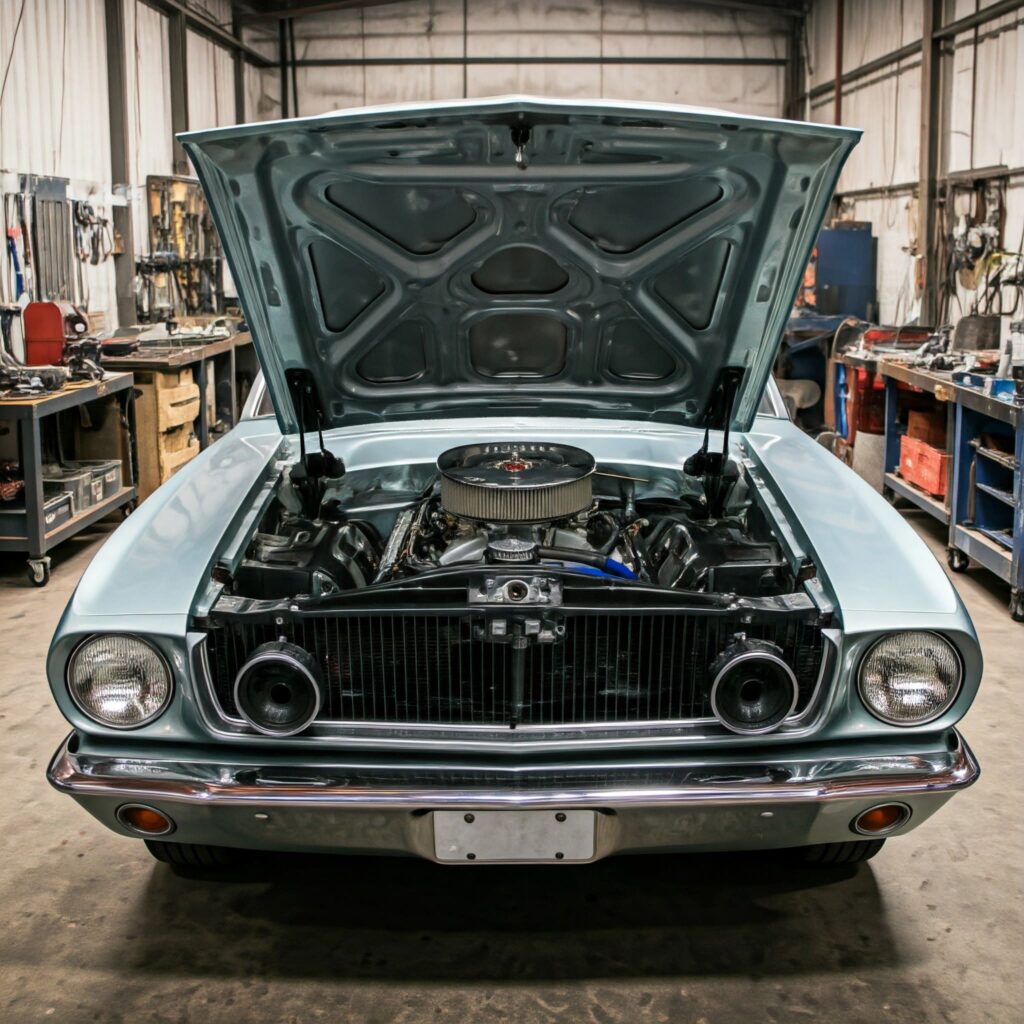Proper lubrication during engine assembly is a critical factor in ensuring durability, performance, and long-term reliability. Assembly lube plays an essential role in preventing metal-on-metal contact, minimizing wear during initial start-up, and ensuring smooth operation until the engine oil fully circulates. This article delves into the science and selection of assembly lubricants, offering balanced, research-driven insights to help you make an informed decision for your next engine build.
Understanding Assembly Lubes: Function and Importance
Assembly lubricants are specialized formulas designed to adhere to metal surfaces during the critical moments of engine assembly and start-up. Unlike conventional oils, their formulations provide thicker, more durable films with added friction modifiers or anti-wear additives. These attributes are vital in high-stress environments, such as:
- Initial Engine Start-Up: Before motor oil reaches all components, assembly lube ensures surfaces remain protected from friction and damage.
- Corrosion Resistance During Storage: High-quality lubes protect components from rust or degradation between assembly and first use.
- Enhanced Load Protection: Many assembly lubes are designed to withstand high pressure, keeping components like camshafts, bearings, and valve lifters safe.
Key additives typically found in assembly lubes include molybdenum disulfide, graphite, or synthetic polymers, each offering unique benefits in terms of load-bearing and friction reduction.
Comparative Insights: Leading Assembly Lubes Side-by-Side
To provide balanced, factual comparisons, let’s examine three well-regarded assembly lubes based on their formulations, tested performance, and practical applications.
1. AMSOIL Assembly Lube
- Technical Specs:
- Made with high-purity synthetic base oils.
- Enhanced with advanced anti-wear additives.
- Features excellent thermal stability for demanding conditions.
- Performance Overview:
AMSOIL emphasizes reliability under extreme temperatures and high pressure, offering consistent protection for performance-focused builds. Its synthetic formulation resists degradation and ensures smooth application due to its medium viscosity.
2. Lucas Assembly Lube
- Technical Specs:
- Petroleum-based formula.
- Designed for easy blending with motor oil after initial start-up.
- Includes proprietary additives to reduce friction.
- Performance Overview:
Lucas Assembly Lube fares well in most engine applications. It clings effectively to components and provides short-term protection during storage. Its oil-soluble formula makes it an accessible option for hobbyists and professionals alike.
3. Permatex Ultra Slick Engine Assembly Lube
- Technical Specs:
- Molybdenum disulfide and graphite-based lubrication.
- Designed to prevent scuffing and galling.
- Superior adherence to cam lobes and bearings.
- Performance Overview:
Permatex’s distinct molybdenum blend excels in reducing friction under intense pressure, making it a suitable choice for precision components. However, its partial solubility in motor oil may require additional preparation during clean-up stages.

Charting Performance Across Brands
To visualize differences in performance, the table below highlights comparative properties:
| Feature | AMSOIL Assembly Lube | Lucas Assembly Lube | Permatex Ultra Slick Lube |
| Base Formula | Synthetic | Petroleum-based | Molybdenum-graphite blend |
| Thermal Stability | Excellent | Moderate | Moderate |
| Friction Reduction | High | Moderate | Exceptional |
| Oil Solubility | Fully soluble | Fully soluble | Partially soluble |
Each assembly lube demonstrates specific strengths, be it AMSOIL’s synthetic versatility, Lucas’s practical ease of use, or Permatex’s specialized molybdenum formula. Choosing one depends on your engine’s performance demands and the conditions during assembly.
How to Choose the Right Assembly Lube
To ensure durability and consistent performance, consider these critical factors when selecting an assembly lube:
- Base Formula: Synthetic formulas, such as AMSOIL, offer superior thermal stability and friction reduction, while petroleum-based alternatives like Lucas are often easier to clean.
- Compatibility: Ensure the assembly lube you select blends seamlessly with your motor oil without leaving residue.
- Application Surface: Certain products, like Permatex, shine on precision components, while others provide broader coverage.
- Additive Composition: Look for additives like molybdenum or zinc where high-load protection is needed.
Beyond technical performance, refer to engine-building best practices outlined by respected sources like Hot Rod for expert guidance.
Going Beyond Assembly Lube: Educational Takeaways
Understanding how different formulas perform under varying conditions is fundamental for car enthusiasts and professionals alike. For example:
- Why Synthetic Lubes Matter: Independent research shows that synthetic assembly lubes offer enhanced film strength and oxidation stability, making them well-suited for high-performance builds.
- The Role of Additives: Molybdenum-based additives often perform better in environments with extreme pressure, while oil-based lubes prioritize compatibility and ease of blending.

Frequently Asked Questions (FAQs)
1. Why should I use assembly lube instead of standard motor oil during assembly?
Assembly lube’s thicker film and specialized additives offer superior protection during start-up, ensuring components remain lubricated before motor oil fully circulates.
2. Is synthetic assembly lube better than petroleum-based options?
It depends on the application. Synthetic lubes, like AMSOIL, excel in high-temperature and high-stress scenarios due to their advanced formulation, while petroleum lubes provide versatility for general builds.
3. How do I remove excess assembly lube after engine start-up?
Most assembly lubes are oil-soluble and will dissolve into the engine oil. Perform an oil change after a short break-in period to remove any residue.
4. What should I look for in assembly lube for high-performance engines?
Prioritize features such as excellent film strength, high-temperature resistance, and additives like molybdenum or zinc for enhanced wear protection.
Final Considerations
Selecting the proper assembly lubricant is critical to the longevity and efficiency of an engine. This guide has compared leading brands like AMSOIL, Lucas, and Permatex to equip you with the knowledge to make an informed decision. Whether you’re building a high-performance machine or restoring a classic, understanding assembly lube’s role ensures the best start for your engine.
For advanced engine-building techniques and insights, consult trusted industry professionals or resources like Hot Rod’s comprehensive guide on engine-building tips.
For more detailed product specifications and usage guidance, visit the Lucas Semi-Synthetic Assembly Lube page, the Permatex Ultra Slick Engine Assembly Lube product overview, and the AMSOIL Engine Assembly Lube product page.
